Overview
- The Kodak Mobile Film Scanner is a budget-friendly, portable option for those just starting out.
- MINOLTA’s revive 5 is a versatile option for enthusiasts with a variety of film types in their collection.
- Both scanners have user-friendly features, but the quality of the images they produce can depend on the type of film and the lighting conditions.
- When selecting a film scanner, consider the types of film you have and the resolution you need.
- Running some test scans is a good way to see what each scanner is capable of, especially if you’re trying to preserve important memories.
Intro
Film photography is a classic art form that captures moments with a depth and texture that digital cameras often can’t match. Scanner lets you turn those precious negatives into digital files. But with so many choices out there, how do you pick the right one without spending a fortune? In this guide, I’ll introduce you to some of the most budget-friendly film scanners, with a focus on their features, their quality, and what it’s like to use them.
1. Kodak Mobile Film Scanner
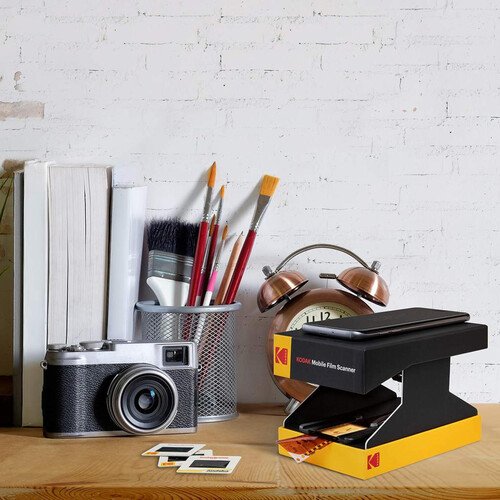
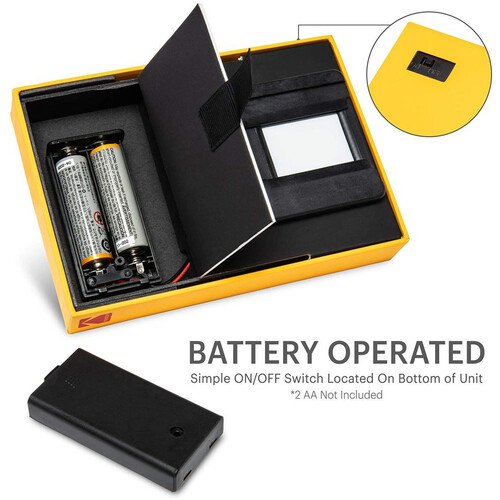
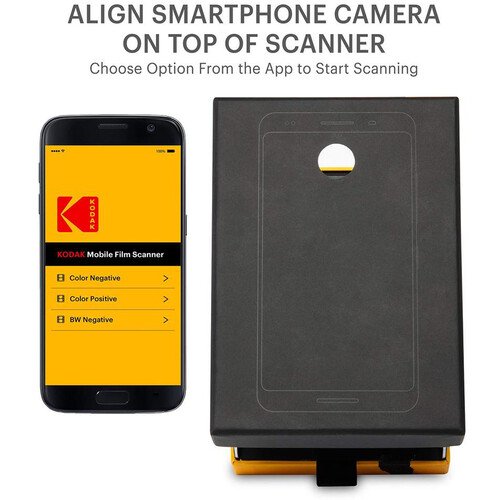
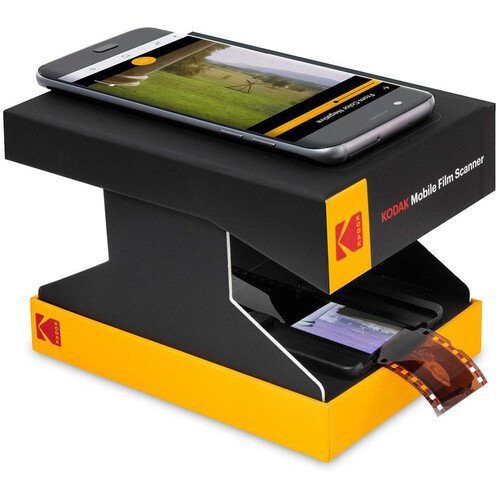
For those on a budget, the Kodak Mobile Film Scanner is a popular choice due to its small size and simple design. It is made from strong cardboard and can be folded down into a compact, easy-to-carry package. This scanner is specifically for 35mm films and slides, providing an easy method for converting your old photos into a digital format.
Construction Quality
Although it is made of cardboard, the Kodak Mobile Film Scanner is unexpectedly sturdy. It comes with an integrated LED backlight that lights up your film, which is important for obtaining sharp images. The scanner is designed in such a way that you can put your smartphone on top of it and use your phone’s camera to capture the image on the film.
Scanning Tests
The Kodak Mobile Film Scanner is quite impressive for its price range when it comes to scanning tests. The LED backlight provides sufficient light, but the final image quality can greatly depend on your smartphone’s camera. It’s important to make sure your phone’s camera is properly aligned and that you have good surrounding light to get the best results.
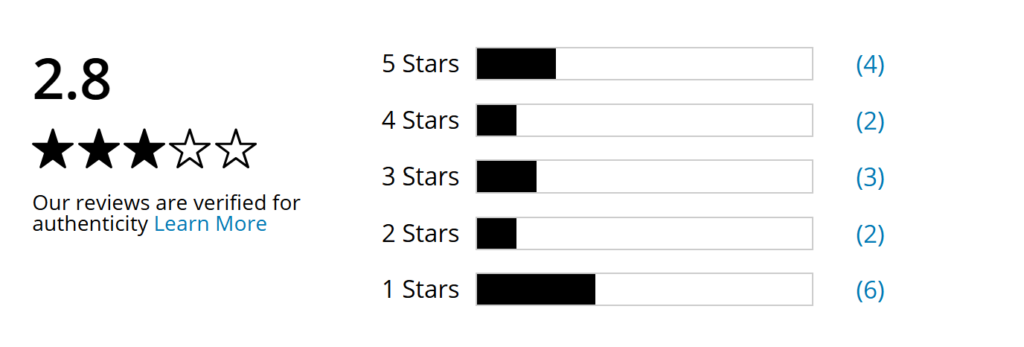
What People Are Saying
2. MINOLTA Film & Slide Scanner, revive 5
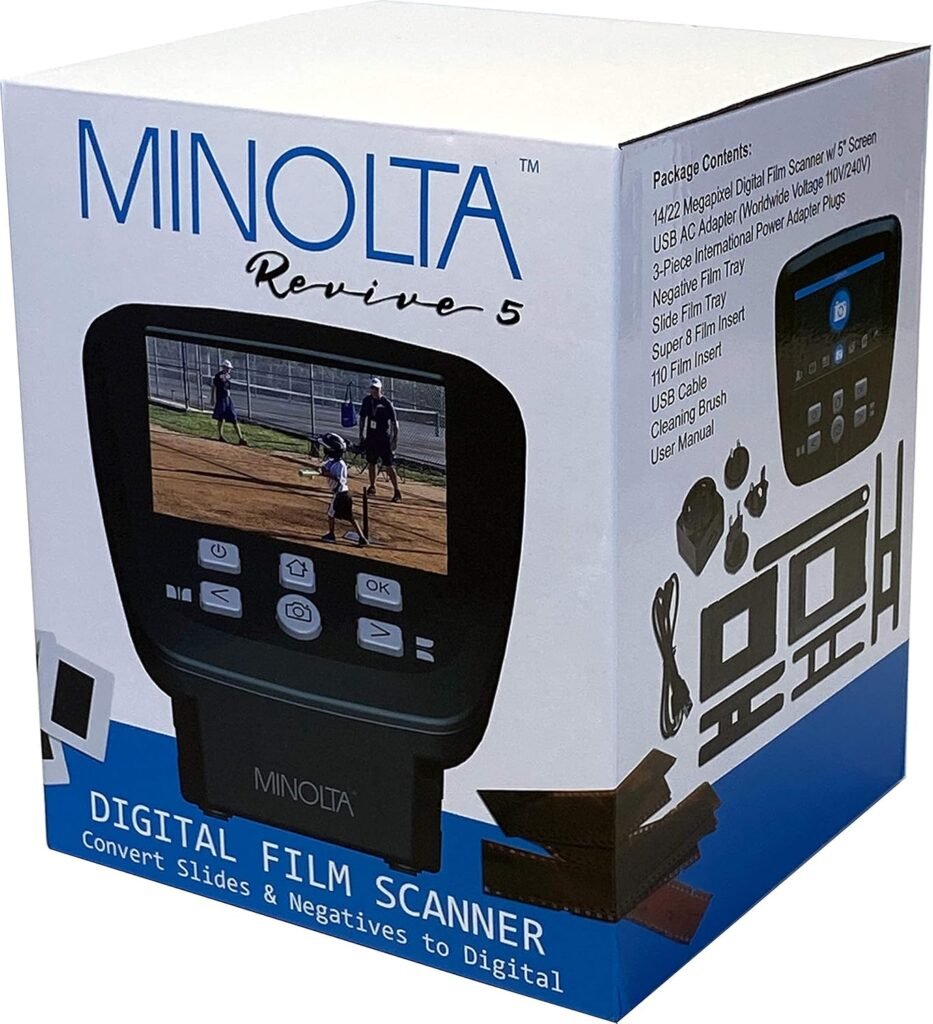
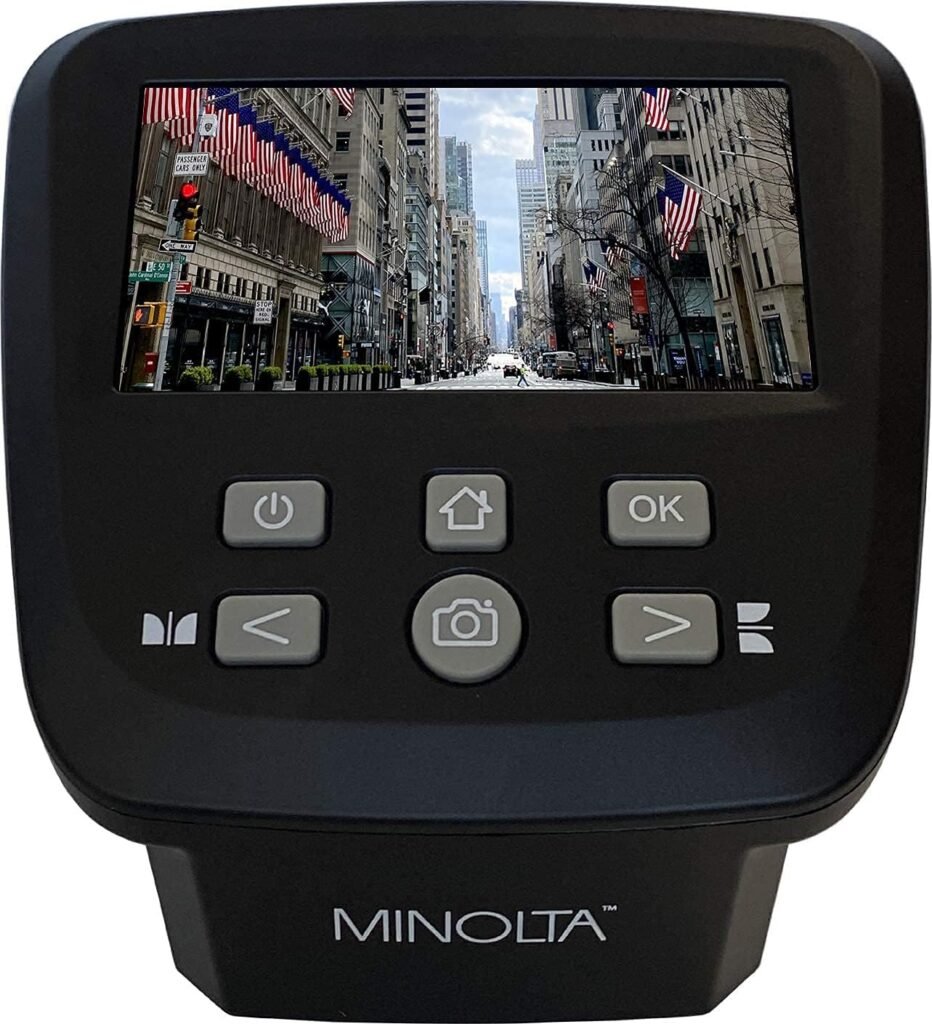

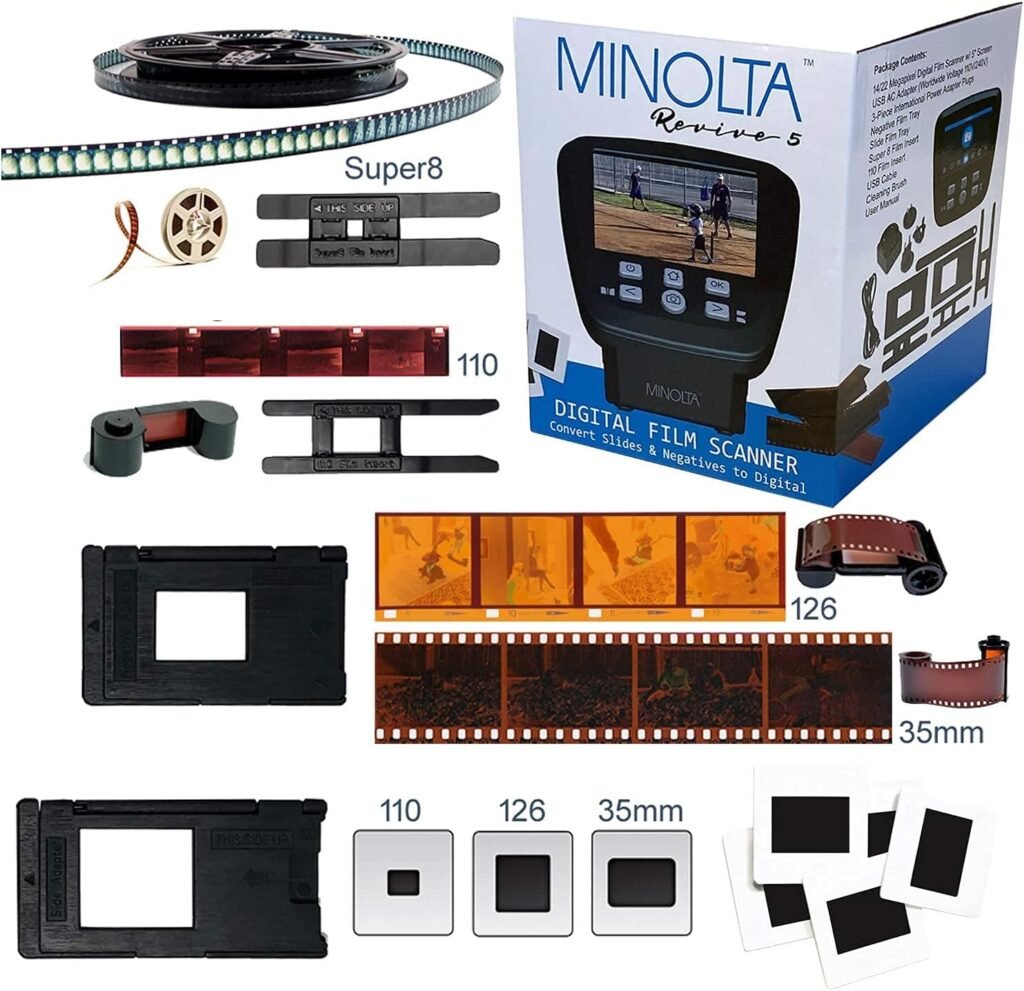
Our next recommendation is the MINOLTA Film & Slide Scanner, revive 5. This scanner stands out for its versatility, able to handle a variety of film types. Whether you have 35mm, 126, 110, or Super 8 films, this scanner can handle them all. This makes it a great option for those with a diverse collection of films.
Get Your Minolta 5 at:
Amazon for $129
Quality of Construction
The MINOLTA revive 5 has a user-friendly interface with adjustable settings for brightness and color balance, so you can fine-tune your scans. The scanner also has built-in memory, so you can save images directly on the device before transferring them to your computer.
You’ll notice a marked increase in image quality, especially due to its high-resolution capabilities. The adjustable settings give you more control over the final image, ensuring your scans reflect the subtleties of the original film, including those captured on 35mm film.
Sample scans
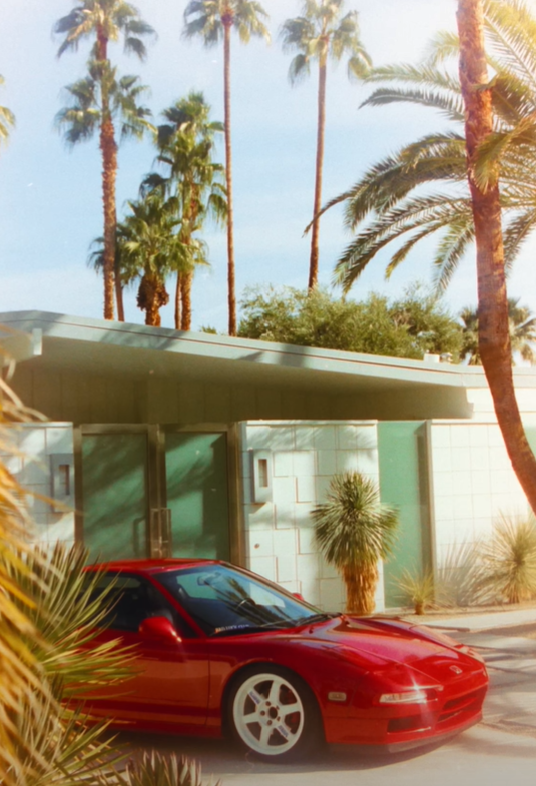
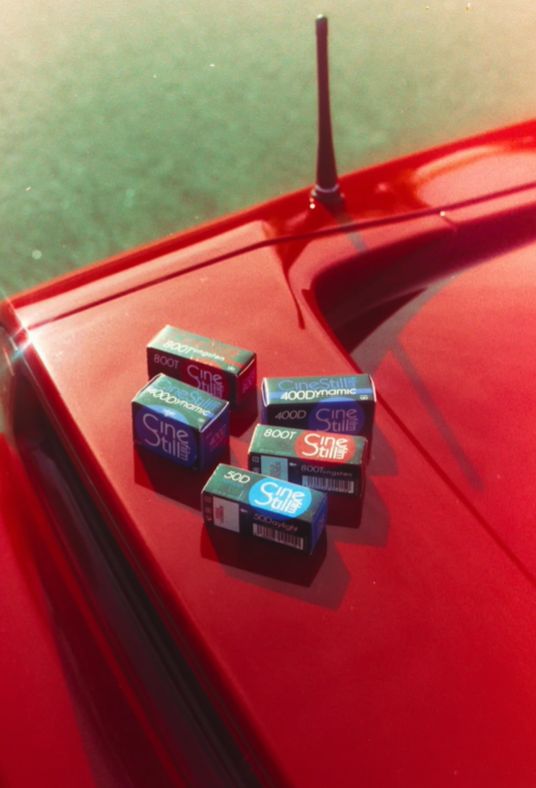
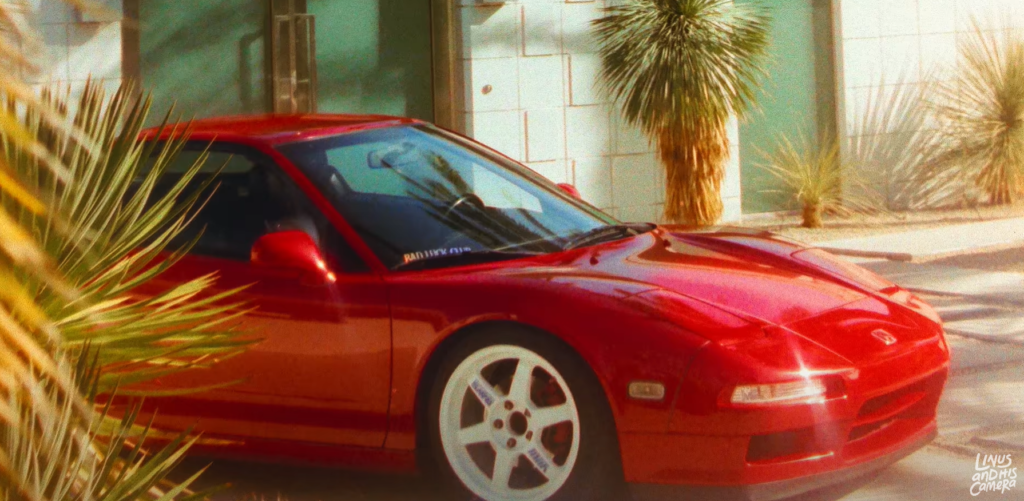
Photo by linusandhiscamera
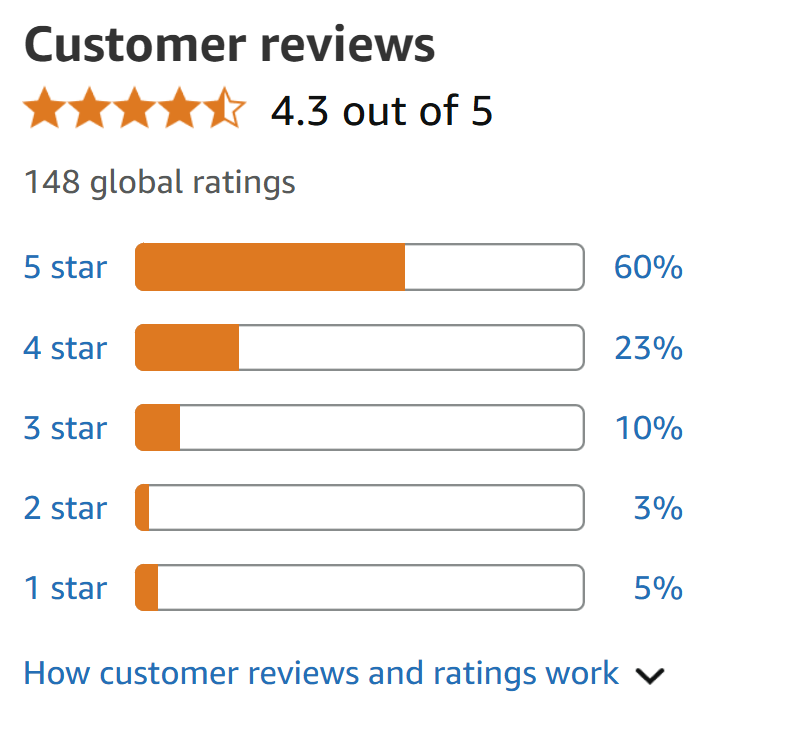
Customer Feedback
3. Kodak Mini Digital Film Scanner

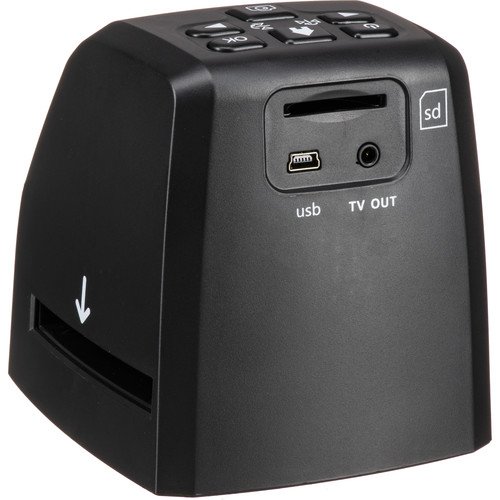
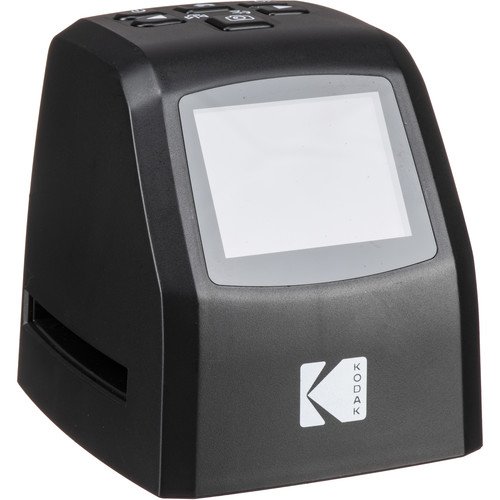

The Kodak Mini Digital Film Scanner is a favourite amongst photographers who are mindful of their budget. This small gadget can scan, edit, and save film negatives and slides directly onto an SD card. Its ability to handle a variety of film types makes it a flexible choice for those who have a range of different film formats in their collection.
Quality
The Kodak Mini Digital Film Scanner is a sturdy piece of equipment with an intuitive interface. Its small size makes it easy to carry and store, a big plus for photographers who are often on the go. The scanner includes a small screen that lets you see your scans before you save them, so you can be sure you’re getting the best image possible.
Grab Kodak Mini Here:
B&H Photo for $129
Scan Quality
For the price, the Kodak Mini Digital Film Scanner produces quite good scans. Its ability to scan different types of film means you can digitize a range of formats.
Moreover, the Kodak Mini has adjustable settings for brightness and color, which gives you more control over the final output. This is especially useful for fixing any color shifts that may happen during the scanning process. The built-in memory is also a nice feature, as it allows you to save images directly on the device without needing to immediately transfer them to a computer.
Film enthusiasts often explore various types of film to achieve different photographic effects. One popular choice among photographers is Kodak Ektachrome, known for its vibrant colors and fine grain. If you’re curious about how this film performs in real-world settings, check out this Kodak Ektachrome review for sample images and a detailed analysis.

Consumer Feedback
Kodak Mini, Minolta Revive 5 and Kodak Mobile Scanners: Pros and Cons
|
Type |
Pros |
Cons |
|---|---|---|
|
| |
|
| |
|
|
Wrapping it Up
For those who are new to film scanning and want something straightforward and easy to take on the go(not in a professional way), the Kodak Mobile Film Scanner is fair enough option. Its simplicity and reliance on your smartphone make it a user-friendly and handy choice.
But if you have a range of film types and require more flexibility, the MINOLTA revive 5 is the way to go and would be my personal pic. It delivers higher resolution and can accommodate a variety of formats, making it perfect for enthusiasts with eclectic collections.
Get Your Minolta 5 at:
Amazon for $129
If you’re looking for a scanner that offers both portability and functionality, the Kodak Mini Digital Film Scanner is a great choice. It’s compact, adjustable, and perfect for both beginners and advanced users who want to digitize their film collections.
Common Questions
What is the average lifespan of a film scanner?
How long a film scanner lasts depends on several factors, including the quality of its construction, how often it’s used, and how well it’s maintained. A well-cared-for scanner can last for many years. Regular cleanings and gentle use can help your scanner last longer. Following the manufacturer’s instructions for use and storage is also important for ensuring your scanner’s longevity. For those interested in exploring different film formats, you might find our 35mm film format review guide useful.




Leave a Reply